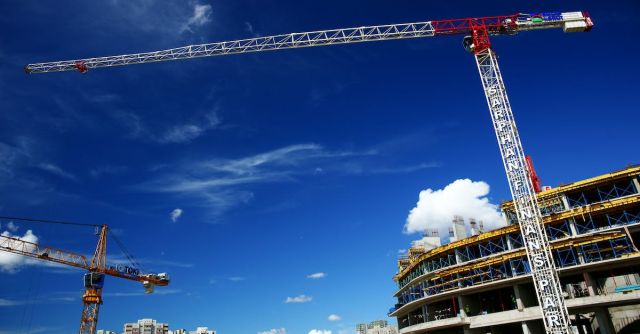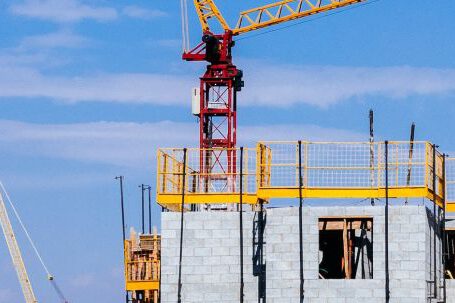The construction industry has seen a remarkable transformation in the recent years, with the introduction of new and improved machinery that has revolutionized the way the industry works. Cranes have become an integral part of any construction project, with their ability to move heavy loads quickly and efficiently. But there are many different types of cranes used in construction, each with its own unique benefits and features. In this article, we will examine the different types of cranes used in construction, their uses, and their advantages and disadvantages.
Types of Cranes
The most common types of cranes used in construction are mobile cranes, tower cranes, and overhead cranes. Each type of crane has its own unique advantages and disadvantages.
Mobile Cranes
Mobile cranes are self-propelled and can be moved from one place to another. They are usually used for lifting and moving large objects such as steel beams, pre-cast concrete, and other heavy materials. Mobile cranes can be used in tight spaces, as they are able to maneuver around obstacles. They are also relatively easy to operate and can be operated by a single person. The main disadvantage of mobile cranes is that they require a large area for setup and maneuvering.
Tower Cranes
Tower cranes are stationary cranes that are used for lifting and transporting heavy loads. They are typically mounted on a tall tower and can be used to lift and transport loads up to an impressive height. Tower cranes are often used in the construction of tall buildings. They are relatively easy to install and require minimal setup time. However, they are limited in their reach and require a great deal of space for setup and maneuvering.
Overhead Cranes
Overhead cranes are stationary cranes that are used to lift and move heavy loads horizontally. They are typically mounted on a steel frame and can be used to lift and transport loads up to an impressive height. Overhead cranes are often used in factories and warehouses for lifting and transporting heavy materials. They are relatively easy to install and require minimal setup time. However, they are limited in their reach and require a great deal of space for setup and maneuvering.
Advantages and Disadvantages of Cranes
Cranes are incredibly useful tools in the construction industry, but they also come with some drawbacks. The main advantage of cranes is their ability to lift and move large loads quickly and efficiently. They also require minimal setup time and can be operated by a single person. However, cranes require a large area for setup and maneuvering, and they are limited in their reach.
Conclusion
Cranes are an essential part of any construction project, with their ability to lift and move heavy loads quickly and efficiently. There are many different types of cranes used in construction, each with their own unique advantages and disadvantages. Mobile cranes are self-propelled and can be moved from one place to another. Tower cranes are stationary and are used for lifting and transporting heavy loads. Overhead cranes are mounted on a steel frame and are used to move heavy loads horizontally. Cranes have many advantages, but they also come with some drawbacks. They require a large area for setup and maneuvering, and they are limited in their reach.






